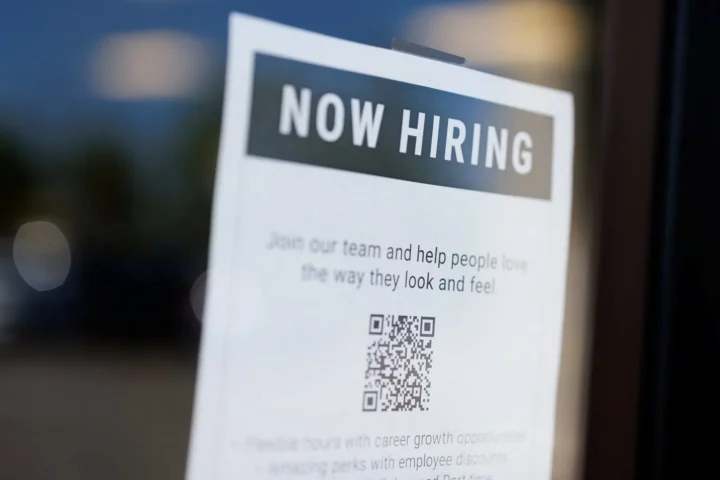Governor Gavin Newsom is charging ahead with a plan to redraw California’s congressional map—and this time, it’s political. He wants to give Democrats more seats in Congress by temporarily scrapping the state’s independent redistricting system. The move comes as a response to Texas, where Republicans just pushed through a mid-decade map redo to lock in GOP gains. California’s pitch? If they can play dirty, so can we.
Redistricting Gets Political
Newsom’s proposal is a direct shot at Texas Republicans and former President Trump, who backed the Texas plan to secure five more GOP House seats. Democrats are calling it a power grab—and now, California wants to punch back. “We’re not going to sit on our hands while other states rig the game,” Newsom said in Sacramento. “If they can twist the rules, we can respond. We’re doing it to save democracy, not break it.”
The plan, called the Election Rigging Response Act, would only kick in if another state—like Texas—does partisan redistricting mid-decade. If voters approve it this November, Democrats in California could grab up to five new seats by redrawing the map before the 2026 elections.

How It Would Work
he new law would let the Legislature take over redistricting, bypassing California’s independent commission. That commission was created by voters in 2008 to stop gerrymandering. This takeover would be temporary, ending after the 2030 cycle. But it’d be long enough to reshape all 52 House districts—packing more Democrats into safe zones and slicing into GOP areas.
Critics say this undercuts a reform Californians fought for. And it might open the door to worse in the future, no matter who’s in charge.
Texas Lit the Fuse
This all started in Austin. Texas Republicans fast-tracked new maps to build their House majority. When Democrats walked out of the Legislature to block the vote, the GOP kept pushing, saying the state’s growth justifies it. Now California Democrats say doing nothing would mean giving up control of Congress. “It’s survival,” said Assembly Speaker Robert Rivas. “They’re changing the rules mid-game—we’d be fools not to answer.”
Not Everyone’s on Board
Not Everyone’s on Board
Even some Democrats are squirming. Arnold Schwarzenegger, who helped create the independent commission, slammed Newsom’s plan. He called it a “cheap move” that destroys a system meant to keep politics out of redistricting.
Good-government groups warn the law could spark lawsuits—maybe all the way to the Supreme Court. The commission itself is pushing back, saying the plan breaks what voters clearly wanted.
Polls show voters aren’t sold. A new survey says 64% want to keep the commission. Only 36% back handing power to lawmakers, even if it’s to fight back at Texas.
The Stakes This November
The November 4 vote is huge—for redistricting and for Newsom. Supporters hope tying the plan to Trump and Texas will fire up Democrats. Opponents say it’s about more than revenge. “If we gut redistricting just because we’re mad, we lose the moral edge,” said Kathay Feng from Common Cause
Ripple Effects Across the U.S.
What California’s doing fits a bigger trend. In the past few years, states like New York, Florida, and Ohio have all redrawn maps mid-cycle. Some got blocked in court. Some didn’t. Many of those maps are still being used.
If California pulls this off, other blue states could follow. That could launch a full-on redistricting war going into 2026—and shift the House balance for years.
What It Means for Newsom
For Newsom, this is more than just maps. It’s political. He’s already set himself up as a national Democratic voice, picking fights with GOP governors and using California’s weight to push back on right-wing moves.
Winning in November would show he’s willing to fight hard—and smart. Losing could make him look reckless, maybe even like he bent the rules for politics.
Next Steps
Lawmakers will lock in ballot language soon. They’re also working on draft maps. Both sides are gearing up to spend big on ads. One side will say it’s a bold stand against GOP rigging. The other will call it a step too far that voters didn’t ask for.
Meanwhile, Texas is pushing forward with its maps, meaning both states could be redrawing at the same time. National Democrats and Republicans are watching closely—this could tip the House in 2026.
Bottom Line
California’s move to match Texas’ redistricting play is one of the boldest political shifts the state’s made in years. Backers say it’s smart and necessary in a high-stakes fight. Critics say it’s a betrayal of reforms meant to keep politics out of the process.
When Californians vote in November, they won’t just decide who draws the next map. They’ll decide whether fairness still matters—or if it’s now just about who hits harder.









